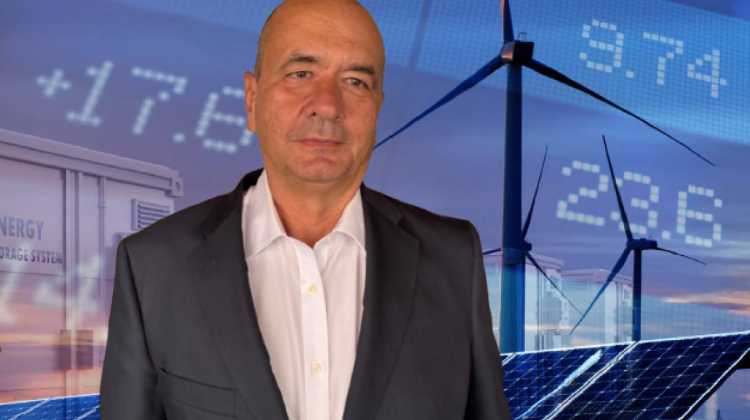Following the approval of the new Operating Procedure (OP) 7.4 in June, Red Eléctrica has carried out the first tests to enable renewable energy facilities to provide dynamic voltage control services. This service will allow the plants to actively contribute to the stability of the Spanish electricity system by adapting to rapid voltage variations in real time.
The system operator (SO) has confirmed that authorized facilities can begin providing service as soon as they notify the SO. Furthermore, it invites renewable energy plants to submit their applications for authorization and participation in the new regulatory framework.
To date, 168 applications have been submitted, 125 of which are for non-dispatchable renewable energy installations. Of these, 24 are ready to begin testing, while the rest are still completing the necessary documentation or have declared their inability to meet voltage requirements. Applications have also been received from conventional power plants, although priority will be given to non-dispatchable renewable energy installations, which contribute new resources to the grid.
Among the benefits of participation, the enabled renewables will obtain dispatch priority and will be able to reduce the maximum ramps of change of their production.
The new PO establishes that facilities must demonstrate their technical capacity to control voltage in two modes:
- Reactive power setpoints , and
- Real-time tension commands.
This second approach offers the necessary flexibility to respond to rapid voltage variations in an electrical system undergoing a complete energy transition. Currently, many renewable energy plants operating under power factor targets are already required to have the technical capacity to follow voltage targets, which will allow for an expansion of available resources in the short term.
- Average voltage levels have not increased in recent years; in fact, they were higher in the past. However, voltage variability has increased , which must be controlled by generators that provide regulating resources.
- Since 2020, Red Eléctrica has proposed the modification of PO 7.4 to increase the volume of resources capable of following voltage directives , surpassing pilot projects and public information processes.
- The power generation plants that already participate in the service must have the capacity to supply or absorb reactive power of 30% with respect to their maximum power, which allows them to react to variations in the system.
- The voltage limit on the transmission network is 435 kV , according to Spanish regulations in force since 1998 and ratified by European legislation. Operating at 420 kV would require structural changes and increase the costs associated with technical restrictions.
- Reactive power setpoint control does not offer the necessary flexibility to adapt to rapid voltage variations, hence the relevance of the new voltage setpoint mode.





























